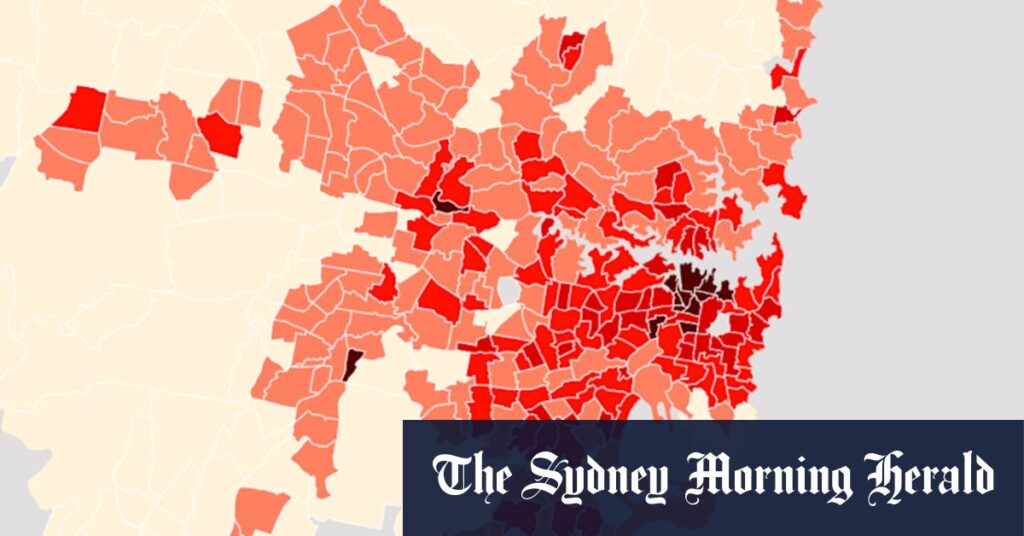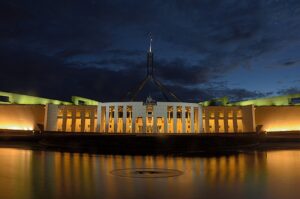
Some of Sydney’s most affluent suburbs, known for their high levels of amenities, are falling behind in providing social housing, according to new research. This trend is particularly evident in the eastern and harbourside areas, raising concerns about equitable access to housing across the city.
The study, conducted by the Australian Housing and Urban Research Institute (AHURI), highlights that over 70% of high-amenity locations in New South Wales, Victoria, Western Australia, and Queensland have less than 5% social housing. This is seen as a significant opportunity to increase social housing in these desirable areas.
“Most developed nations have more than 5% social housing. Some countries in Europe have 10%, some have 20%, so it’s doable,” said Dr. Stephen Glackin, senior research fellow at Swinburne University of Technology and lead researcher of the report.
Sydney’s Housing Challenge
This revelation comes as the federal government has prioritized housing, pledging to deliver 55,000 social and affordable rental homes nationwide over five years. However, increasing housing density in Sydney’s prime locations remains a formidable challenge.
The AHURI report ranks suburbs by their level of amenities, with the highest quintile featuring excellent access to public transport, schools, medical services, employment opportunities, and leisure activities. Yet, these areas often have the lowest proportions of social housing. For instance, in 2021, Double Bay-Darling Point had just 0.1% social housing, while Sydney (South)-Haymarket had 0.3%.
Local Government Perspectives
Local councils acknowledge the need for diverse housing but emphasize that social housing provision is primarily a state and federal responsibility. A spokesperson for Woollahra Municipal Council stated,
“Woollahra Council supports the provision of a diverse housing mix throughout the local area,”
while a City of Sydney spokesperson added,
“Sydney should not simply become an enclave for the rich. We need more housing, not less.”
Economic and Social Implications
According to Alexandra Raphael, interim chief executive of the Australian Community Housing peak body, the high costs associated with desirable areas pose a significant challenge.
“The high-density areas are also where everyone wants to live. And also where land is incredibly expensive, so it makes it very difficult for the government in those places,”
she explained.
AHURI’s research indicates that suburbs with lower amenity levels, such as those in western Sydney, have higher rates of social housing. For example, Ashcroft-Busby-Miller had 27.8% social housing, while Bidwill-Hebersham-Emerton had 24.1% in 2021.
Historical Context and Future Directions
Historically, governments have opted to build social housing in areas with cheaper land, often far from employment centers and amenities. Economist Saul Eslake noted,
“For those with complex needs, those needs were less likely to be met than if the housing was located in more affluent areas where more services were available.”
However, areas like Redfern and Glebe defy this trend, boasting higher concentrations of both social housing and amenities. This suggests potential pathways for integrating social housing into more affluent areas, thereby promoting social equity.
As Sydney continues to grapple with its housing crisis, the findings of the AHURI report underscore the urgent need for strategic planning and investment in social housing. The challenge remains to balance the allure of high-amenity suburbs with the necessity of providing equitable housing solutions for all residents.







